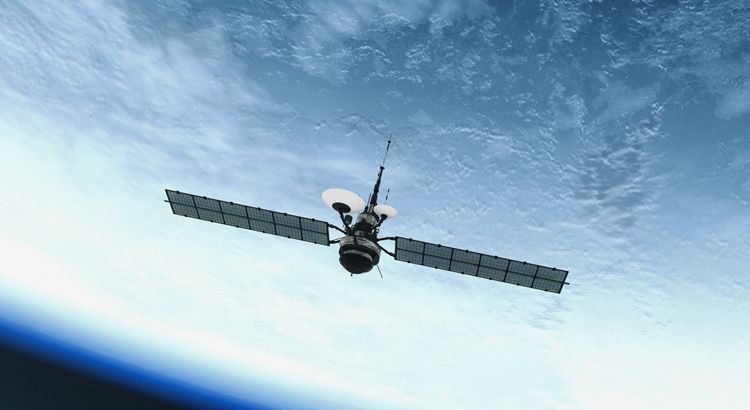
Technology from data to decision
Mercury Systems
October 20, 2022
Sensors in today’s modern defense environments work across domains, collecting data on the ground, in space and from the skies to the seas. The ability to sort through that data to make a well-informed decision is crucial to mission success. The technology involved needs to be more than smart: It needs to be ruggedized for reliability against extreme physical and elemental environments and secured against advanced threats and those with malicious intent. Mercury Systems understands these complexities because our technology helps our customers build the world’s most advanced aerospace and defense technology.
Turning data into defense decisions
Most smart electronics share a common design concept: Collecting or using data from the real world and converting it into something useful and actionable. However, aerospace and defense technologies face additional mission requirements and consequences that do not exist in the world of consumer gadgetry.
An Internet of Things device connected to your home network might have a single purpose, such as using your phone to turn a light on and off. In contrast, defense systems use various combinations of RF, microwave and mixed-signal sensors to collect a large amount of data up front: data that then needs to be processed so the information can be delivered as person-actionable intelligence (typically via a display) or as an automated response (such as an electronic attack). All of this needs to be completed as reliably and quickly as possible due to the high-risk, high-consequence nature of defense missions.
Here’s a basic five-step example of how that data-to-decision processing platform works:
- A sensor — whether space, airborne, ground or naval — collects raw data via radio frequency, microwave, optical or digital signals.
- Because the data is too large to send at once, preprocessing is required near or at the sensor antenna itself. (This is also known as edge processing.)
- This preprocessing needs to be fast, with low latency delay times measured in milliseconds. It is done via field programmable gate arrays (FPGAs), which are task-dedicated computer chips that can be configured by the user to fit the mission at hand.
- Preprocessed data transmits to a Joint All-Domain Command and Control (JADC2) or sensor fusion processing unit, which could be in a server building or on board a nearby ship. When used for scenarios such as electronic warfare, like jamming an enemy radar, the processing can occur via packaged onboard systems that included FPGAs, graphic and central processing units (GPUs and CPUs) and even AI software.
- The processed and now consumable data arrives on a pilot or radar display, supplying the information needed to make informed friend-or-foe decisions. Or, the decision can be made via an automated electronic response instead of a person, for example, like how data from multiple sensors automatically guide a Patriot interceptor to an incoming threat.

The Mercury Processing Platform
Mercury Systems provides the technology platform on which customers can build solutions that collect, process, and present data for better and faster decision-making. This includes rugged boards, RF and mixed-signal systems, display systems, servers and subsystems, electronic warfare, microelectronics and more. Incremental innovation is no longer enough. Our nation and allies seek to maintain a technological advantage and therefore innovation must be sped up. This is why Mercury technology exists and why our Mercury Processing Platform enables the industry to bend the curve of innovation.






 Discussing EW trends and emerging capabilities
Discussing EW trends and emerging capabilities